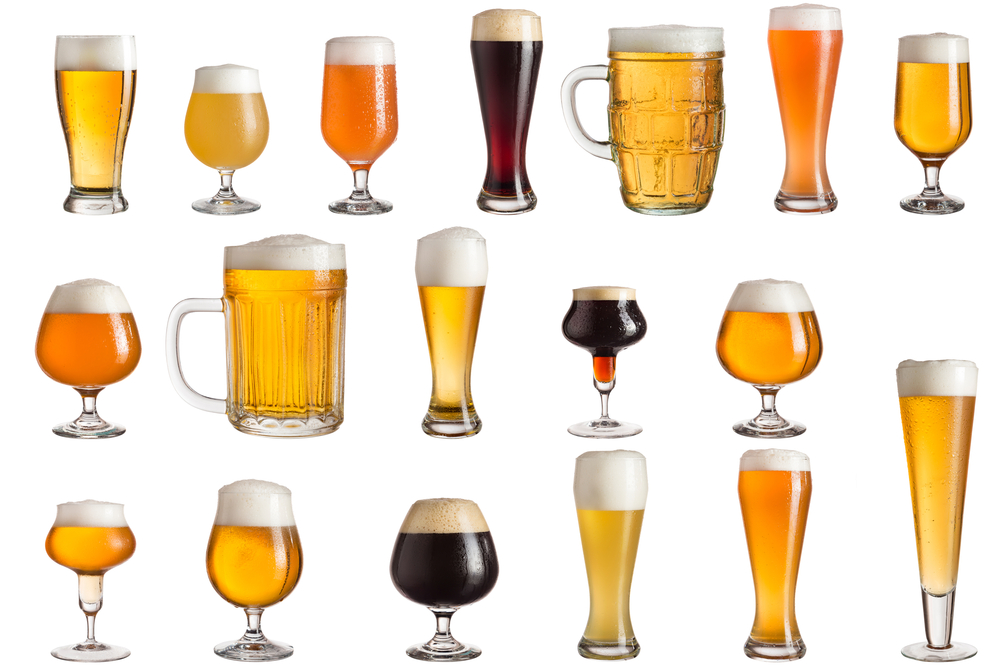Scientist Calculates Perfect Beer Glass Shape To Keep Liquid Cool
Posted on Categories Discover Magazine

One of the sadly neglected problems in modern science is the question of how best to keep beer cool once it has been poured into a glass. Now one scientist has come up with a novel solution by developing a mathematical model that determines the optimal shape of a beer glass that keeps beer cool.
The problem is well known to generations of beer drinkers the world over. As soon as beer is poured into a glass, it starts to warm up. So an important goal is to minimize the heat entering the beer so that it stays colder for longer.
Typically, beer drinkers have solved this problem with foam sleeves, insulating mugs and by adding handles to reduce contact with the drinker’s hand. But Claudio Pellegrini at the Federal University of São João del-Rei in Brazil has taken a different approach by redesigning the glass itself, without adding any extra insulating layers.
Heat Transfer
The key challenge is to find a shape that minimizes the heat transfer while keeping the design practical for ordinary use. So part of the problem is to understand the rate at which heat transfers into a glass of a given geometry.
But Pellegrini’s challenge is significantly harder: to find the geometry that minimizes the heat transfer rate. In other words, an inverse optimization problem.
He begins by modelling the glass as a smooth curve rotated around a vertical axis to form a “body of revolution” with a certain base radius, height and ratio between the base and top opening. He assumes the base is insulated, that the liquid is the same temperature and composition throughout and that the glass offers negligible thermal resistance. All this ensures that the main factor determining heat transfer is the shape of the container.
Using this approach, Pellegrini found, perhaps unsurprisingly, that the optimal beer glass has a narrow base and gradually widens towards the top, allowing the user to drink comfortably. Indeed, he says most traditional beer glasses already feature these characteristics — such as the Brazilian tulip, the imperial pint and the Weizenbeer glass, which have wide mouths and narrower bases.
However, Pellegrini’s approach has some limitations. The optimization algorithm works for specific values of the base radius, the glass height and the ratio of base to opening radius. But it does not determine the best configuration of these values. So the solution is a family of shapes, with relatively subtle differences.
Flavor Molecules
Of course, there are other factors that determine the shape of a beer glass. For example, the size and shape of the top of the glass determine the amount of foam that forms when it is poured. And since the foam traps flavor molecules, this influences the drinker’s experience. Many Belgian beers, for example, are served in their glasses of specific shape that helps produce a unique experience.
Pellegrini bemoans the cheap and therefore most widely used beer glass in Brazil, known as the Nadir Figueiredo glass. This, he says, has a volume of only 190 milliliters, little more than a couple of gulps.
“It maintains the beer cold through the most primitive of the processes: due to its low capacity, the beer is consumed so quickly it has no time to get warm,” he complains. Let’s hope this glass doesn’t catch on in other countries.
Ref: Optimizing Beer Glass Shapes to Minimize Heat Transfer — New Results : arxiv.org/abs/2410.12043